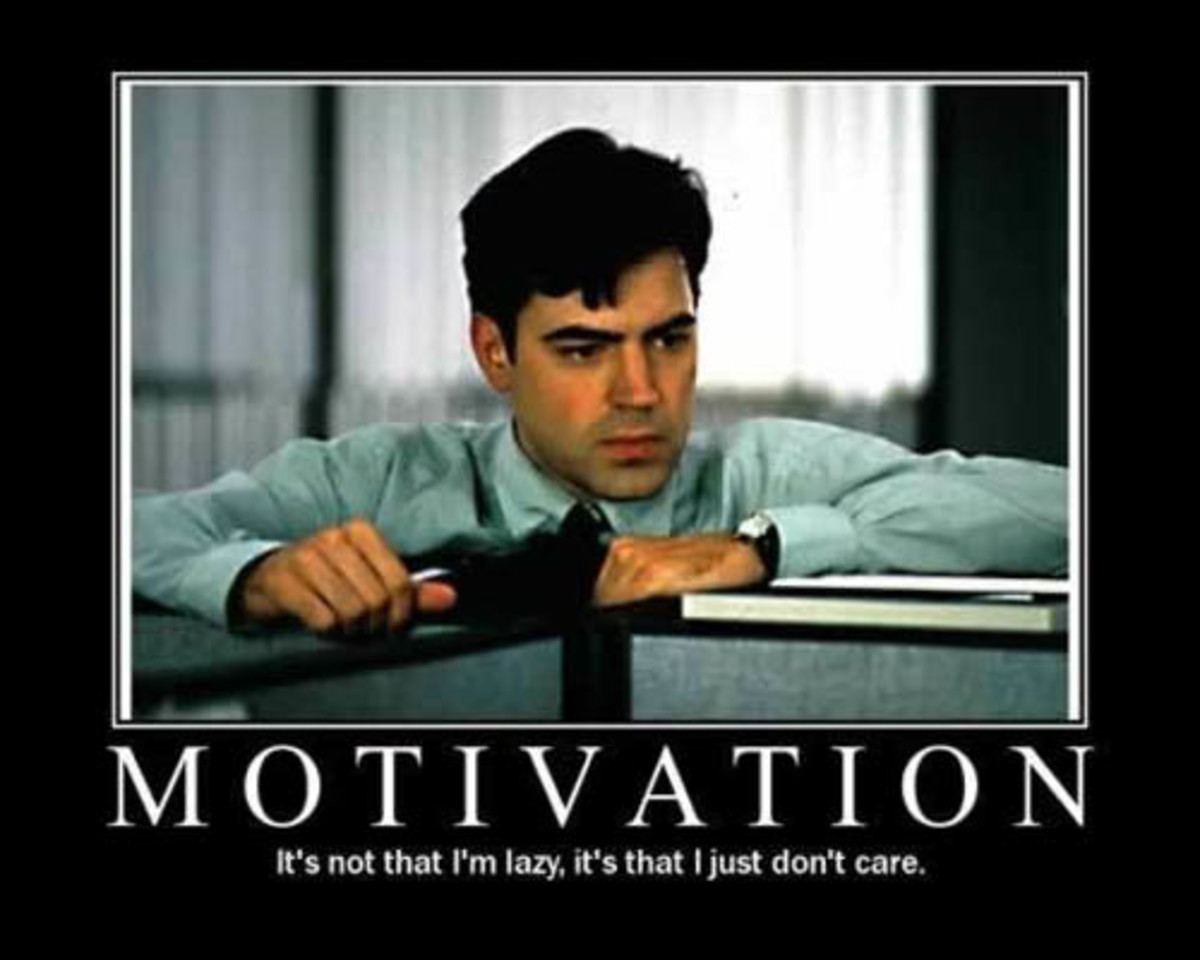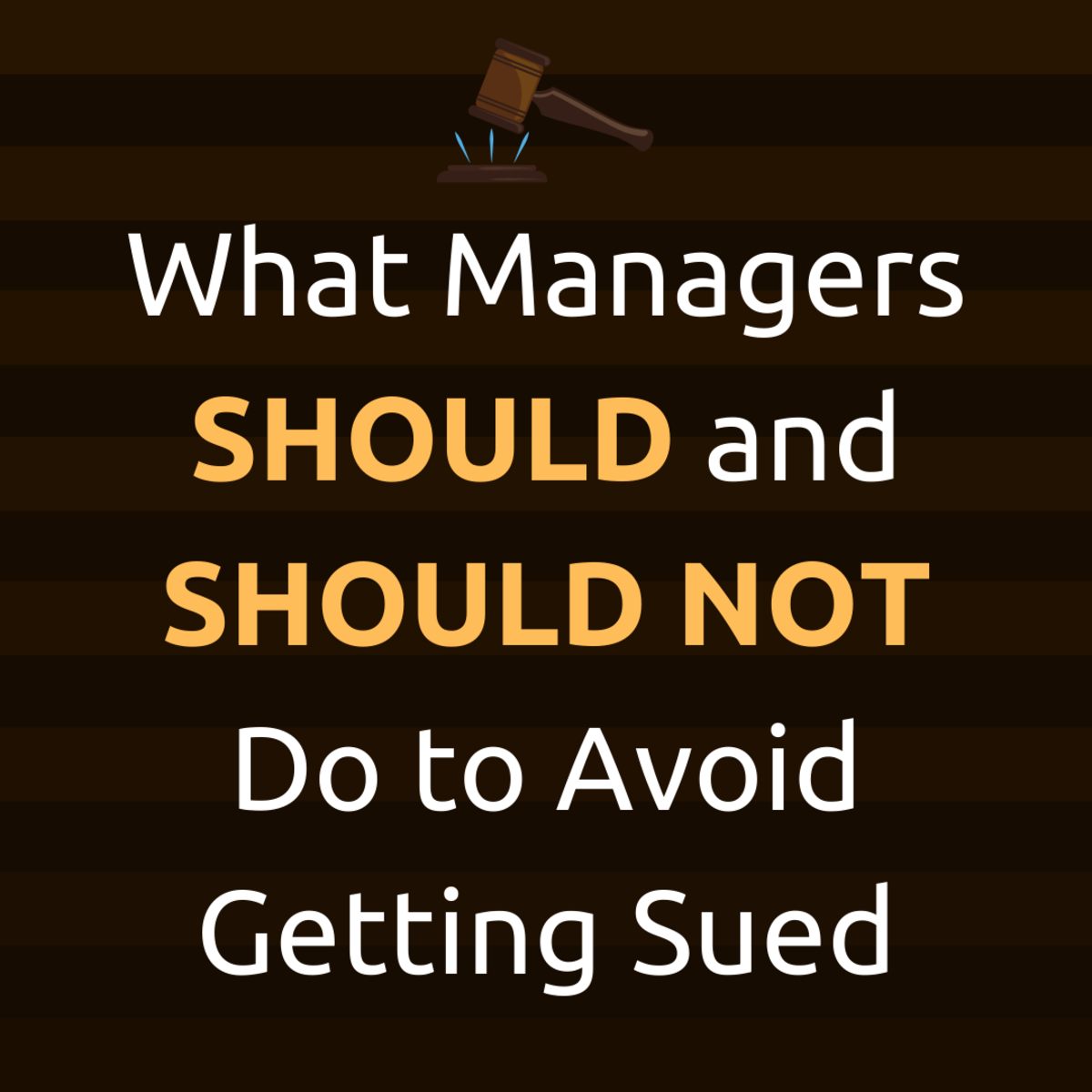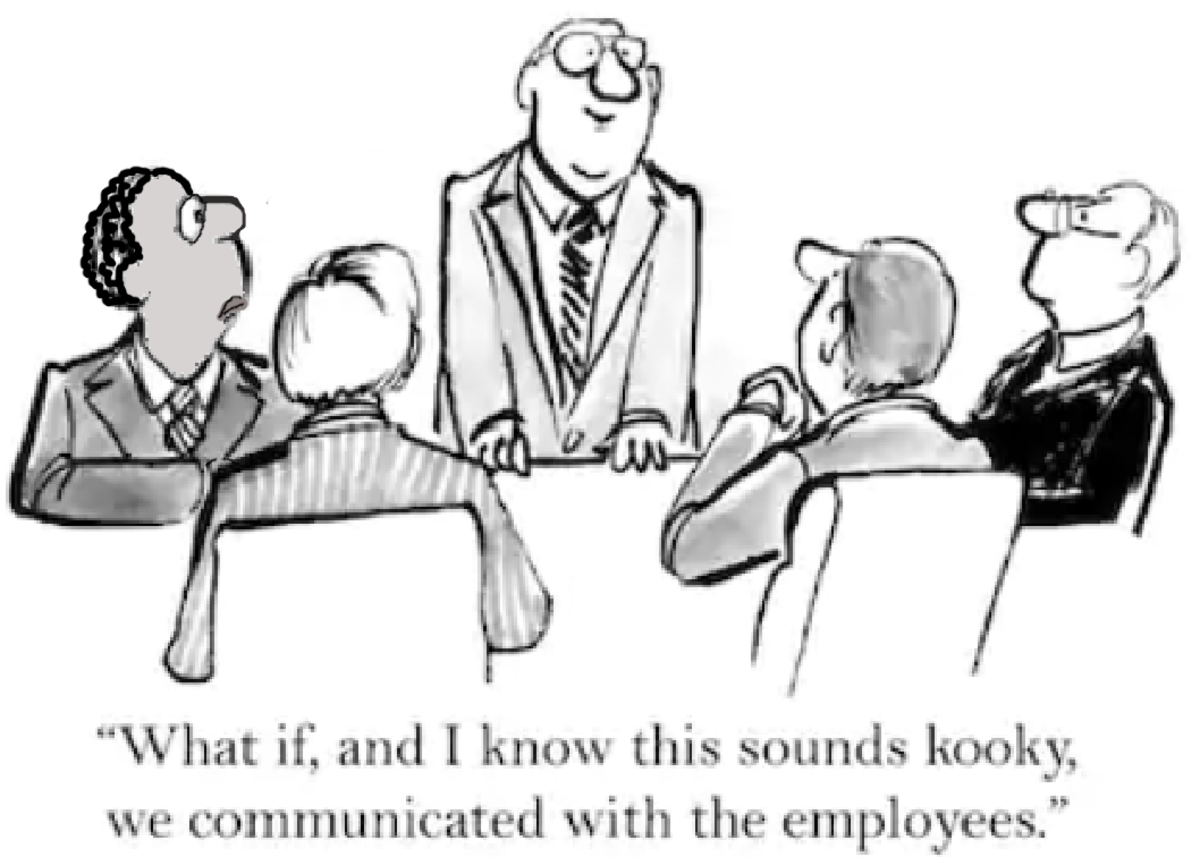How to Fire an Employee the Right Way

The last thing any employer wants to do is fire an employee. Lots of time was taken to choose the right candidate. Lots of resources were placed into training the employee. Deciding to let go of an employee is always the last decision. Not to mention when the jobs are scarce, managers have a hard time letting someone go who might not be able to bounce back; they are not immune to the problems that face an employee when he or she loses a job. Employers first go through lots of steps to save the employee from being fired. However, sometimes the decision must be made to let go of an employee and find a better candidate.
The first step to firing an employee is to set aside personal feelings (good or bad) and look objectively at the employment situation. An employer needs to ask oneself why the employee needs to be let go. Is it the employee or a situation? Every effort needs to be taken to document thoroughly why the employee is being fired. Except in extreme circumstances, such as theft where the employee is caught red-handed, an employee should never be fired on the spot.
Any manager about to fire an employee should have all documentation on hand. Documentation should include any performance evaluations, prior written warnings, steps taken to help the employee improve job performance, and a list of any proprietary items that must be returned, including passwords and keys. There should also be a formal letter or termination on hand stating clearly and concisely why the employee is being let go; this letter needs to be factual based. There should be two copies, one for the employee to take and one the employee needs to sign for the human resources file. If the employee is to receive any unemployment compensation, there should be an outline of all benefits and for how long included in the file and a copy for the employee.
The second step is to set a plan for terminating the employee. A time and date for the meeting should be set. While you want to fire and employee with a plan, firing an employee should be done as quickly as possible. A manager should not wait until the end of the shift or work week in order to use the employee to get a job done. Arrangements should be made so that the work will be covered prior to the meeting; it should not be obvious so that everybody else knows before the employee being let go. Additionally, by firing the employee earlier in the week and the beginning of the day, the employee has time to regroup and start networking. If left to a weekend of being able to do nothing, an employee is likely to have more resentment for the company and have a harder time being able recover. A time when the office is lightly staffed is also more face-saving for the employee. Be careful to not choose a date when there may be other in the office, such as National Take Your Daughter to Work Day.
Next, choose the location to the job termination meeting. You do not want to fire an employee in a social setting, such as a restaurant. This makes it difficult to keep the meeting to the point. Also, don’t pull the employee into an office. You want the location to be neutral and not intimidating. A good choice would be a conference room. Moreover, there should be a witness present at the meeting, preferably someone from human resources or another manager. This is to protect you legally in case there are any questions to what happened during the meeting. A witness will also help to keep the employee’s emotions under control. Beyond the official witness, no other employees should be present or within ear shot.
During the meeting, the manager needs to remain calm at all times. Emotions must be left out of the meeting. There should not be neither anger or resentment towards the employee nor sympathy for the employee expressed. Only the facts should be presented. Professionalism is the key to a successful employee termination.
Once in the meeting, the employee termination process should be brief. If the employee does not know the witness, the witness should be introduced. The reason for the meeting should then be immediately indentified. Go over the reasons why the employee is being let go briefly and how the employee was offered support and help to try to save his or her job. However, do not blame the employee. Try and keep the discussion to the fact that the employee’s skills and the job requirements are not a match.
Go over any continuing benefits or compensation for being let go. Make sure you are direct and clear. Have the employee sign both the termination letter and the severance package outline for the file and give the employee a copy of each.
Do allow the employee to express his or her feelings. Try to keep lengthy explanations to a minimum and never apologize. Be honest and direct; however do not debate the facts. If possible, try to end the meeting on a positive note. Wish the employee luck in future endeavors sincerely.
As part of the employee termination proceedings let the employee know what can be taken from the office and what needs to stay. Simultaneously gather any company belongs such as a cell phone, keys, laptop, keys, etc. that are not the employee’s to keep. Any files should be backed up and all passwords changed without delay. The employee should be asked to leave the office immediately after the meeting and not allowed to linger. Try to let the employee leave with dignity and not provide a security escort unless absolutely necessary.
The termination process does not end when the employee leaves. The manager must let the other employees know that an employee had to be fired. Do not be detailed or lengthy. Information about the employee’s termination should be kept private. Let employees know that someone was let go, but that their jobs are not necessarily in danger. Make sure this happens right away as you do not want rumors to circulate.
The last step to firing an employee is to go over what went wrong during the hiring process. Do changes need to be made to the job description so that the position can be filled differently? What can be done so that an incorrect match isn’t made again? Is it a different type of education or skill set needed to do the job than originally thought? Do delay in doing this. It is important to get the position filled by someone else as quickly as possible.
Firing an employee is never easy, but it is possible to get good at it if you follow the above policy to termination proceedings. Employee dismissal, if done right, can be positive for the company and the employees. The overall goal is to improve all performances.









